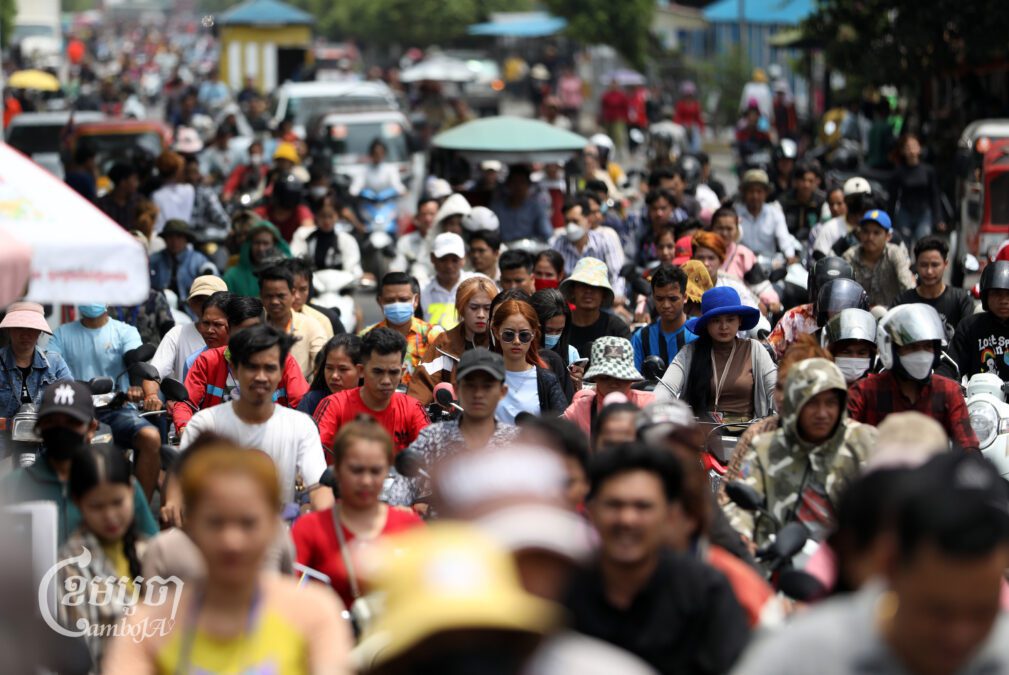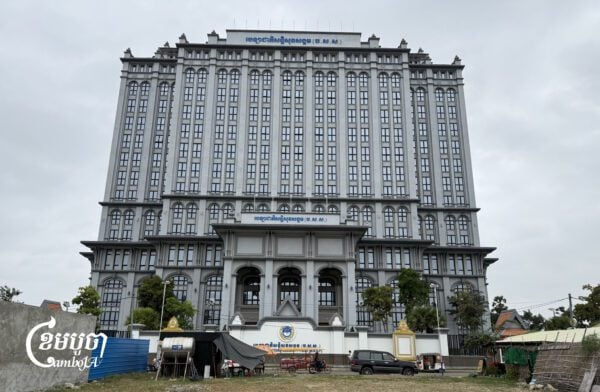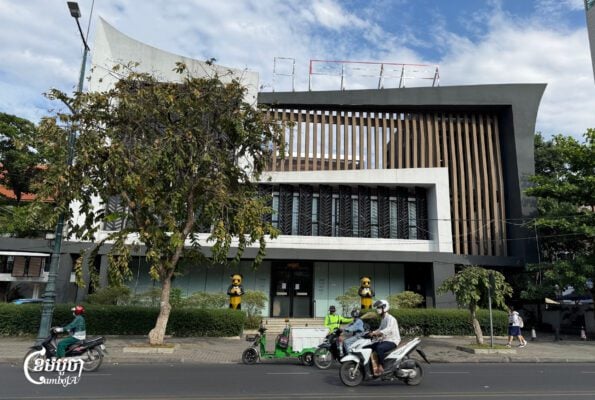Listen to the audio version of this article (generated by AI).
Threats from U.S. tariffs on Cambodia’s economy remain limited at current rates, the Asian Development Bank said in a report this week, but warned that Washington’s shifting trade policies could still hit jobs and poverty reduction if steeper duties return.
Since Donald Trump reignited his tariff war after returning to the White House this year, trade ties with Washington have taken center stage in Asia’s export-driven economies, including Cambodia.
As of November, Cambodia faces a 19% levy on exports to the U.S., down from an initial 49% floated earlier this year, giving it a temporary edge in regional markets.
Exports to the U.S. account for about one-third of Cambodia’s total shipments and roughly a quarter of its GDP in a typical year.
The ADB said Cambodia’s relatively low tariff compared with regional competitors such as Bangladesh, China, India and Vietnam has kept the net effect on GDP close to zero.
Researchers said the economy has shown resilience, with exporters redirecting goods to alternative markets and cushioning some of the potential impact. But they cautioned that Cambodia remains vulnerable to abrupt shifts in global trade policy, calling for stronger government support for affected workers and greater efforts to diversify trade partners.
The ADB report said the current 19% rate remains largely harmless and could even lift growth by 1%.
A higher 36% levy, applied after early rounds of negotiations between Phnom Penh and Washington before the 19% rate was implemented, would have reduced growth by about 1% and cost more than 130,000 jobs, the bank said, noting the scenario remains relevant given the risk of additional transshipment duties.
The bank’s simulations varied Cambodia’s tariff rates at 10%, 19% and 36%, while holding tariffs on other economies at levels announced as of Aug. 1.
The Textile, Apparel, Footwear and Travel Goods Association in Cambodia estimated that a 36% tariff would eliminate between 15-30% of members’ exports to the U.S. It said Cambodia could redirect at least half of its exports to non-U.S. markets under such a high duty.
Cambodia’s garment, footwear and travel goods sector is considered the backbone of its economy and employs around one million people. The industry has faced prolonged uncertainty from shifting global trade policies, with sector leaders warning that limited value addition in Cambodia’s supply chain leaves it vulnerable to external shocks.
While there is no comprehensive estimate of Cambodian value-added for key export products, ADB cited a case study of the garment sector, which accounts for about half of its exports to the U.S., suggesting that roughly 25% of its exports are domestic value-added, largely through labor.
This value chain, which is heavily reliant on China, exposes the sector to Washington’s baseline 40% tariff on goods deemed as “transshipped.”

The government meanwhile says it is pushing policies to upskill workers and attract higher-value investment.
Ministry of Labor spokesperson Sun Mesa said the ministry continues to provide vocational training opportunities, especially vulnerable groups, to help them gain skills and decent jobs to reduce poverty.
He said 340,000 jobs “were found” for workers who recently returned from Thailand, including informal positions, without specifying how many.
The ministry plans to expand vocational training across 45 programs in 10 sectors, including digital fields and AI, according to Mesa.
“The ministry’s training is not just focused on the garment sector, but on all sectors,” he said.
While the ministry has sought to employ what it estimates to be more than 900,000 returning migrant workers from Thailand following a border conflict earlier this year, uncertainty persists in an economy where more than 88% of workers are in informal employment.
Despite the ADB’s prediction that Cambodia’s economy is safe from U.S. tariffs for now, the country’s economic outlook was still downgraded by the World Bank earlier this year to 4% compared to a 5.5% forecast in June.
That compares with 5.4% growth in 2024 and falls well short of the 7% annual rate the U.N. says least developed countries need to meet sustainable development goals.











